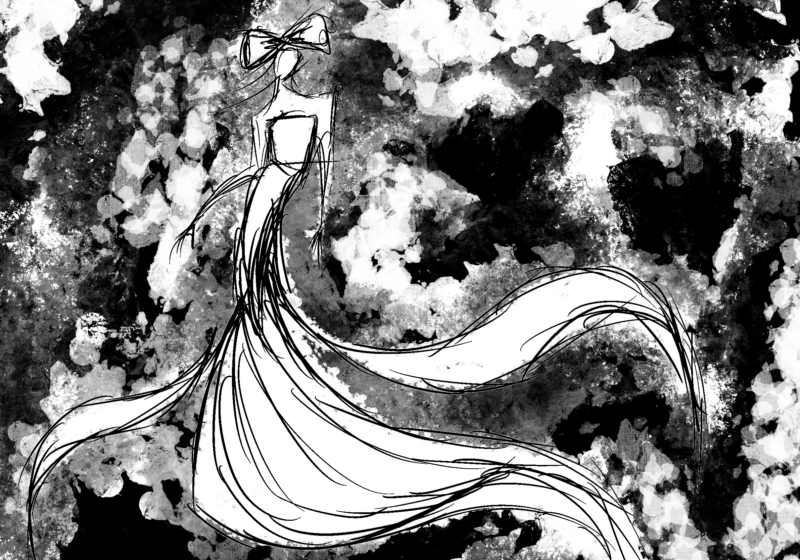When we discovered that Jerry Seinfeld was coming to Rochester this month, we knew this wasn’t an opportunity to pass up. On Nov. 6, we woke up early and wrestled with the always-evasive Ticketmaster website in order to ensure that we got to see the comedic hero we grew up with.
Before embarking on a nine-month residency at New York’s famous Beacon Theater, the Brooklyn native took his talents upstate on Friday to the Rochester Auditorium Theater, where he performed two sold-out shows, one at 7 p.m. and one at 9:30 p.m. “Seinfeld” has long been a part of our lives, with TBS reruns still playing in our homes on a weekly basis.
Upon arrival, we noticed that we were probably the only two millennials in a sea of 40- to 55-year-olds who likely consider themselves to be Seinfeld’s biggest fans. Regardless, we took our seats and awaited the comedic genius’ appearance. Unbeknownst to us, there was someone there to warm-up the crowd before Seinfeld graced us with his presence. The opener, Tom Papa, was not entirely what we expected in terms of material, but he was well-received among the first showing. Papa, a good friend of Seinfeld who hails from Passaic, New Jersey, hosted the short-lived NBC reality show “The Marriage Ref,” which was created, interestingly enough, by the evening’s main attraction.
Once Papa concluded his routine, Seinfeld came out with his full-fledged charm and larger-than-life bravado. For the next hour and a half, Seinfeld brought us to hysterics only with a wooden stool, a bottle of water, and his iconic voice. Seinfeld’s stylistic strategy was to split his act into two sections: his critique of society, and his critique of himself. Notorious for specializing in observational humor and unconventional social expectations, he did not disappoint.
“Nowadays, it’s eight hours of coffee, 10 minutes of work,” Seinfeld quipped. While this is a joke that we all know well, this one-liner began the former television star’s protracted critique of our rapidly-paced society.
In examining the enigmatic speed at which a member of our world must journey along, Seinfeld explained the concept that, as humans in the twenty-first century, we never want to stay where we are—we always “gotta go” somewhere, and are only enduring life by moving from “chair to chair.” As an example, the comedian emphasized how, when we are at the airport, we cannot wait to board the plane, and when we land, we must deboard immediately.
But the Brooklyn native did name the one place we would never want to abandon—our beds. “A bed is like a royal flush, that’s why they give them names like ‘king’ and ‘queen,’” Seinfeld said.
After his assessment of the general public, the 61-year-old gave us some insight into his own personal life, as a husband and father of three.
“You know why kids are here?” he asked. “To replace us. Their first words are ‘Mama, Dada, buh-bye.’ We’ll see who is in diapers when this ends.” Before wrapping up his routine, he compared his own marriage, along with most nuptials, similar to a “20-questions game show.”
Overall, Seinfeld was relatable and elicited more than just a few chuckles. Some might be surprised by what appeared to be a tame performance after Seinfeld famously announced in June of last year that he doesn’t “play colleges” because they are “so PC.”
It seems as if many have misunderstood Seinfeld and his definition of political correctness. “I have no interest in gender or race or anything like that,” Seinfeld previously said. That is the illusion of Jerry Seinfeld—he isn’t performing for anyone but for himself.
Desiring an escape from the hustle and bustle of the always-vigourous UR campus, and seeking a space where we could at last enjoy the present and reflect on life as we know it, we were satisfied with Jerry Seinfeld’s short residency at Rochester Auditorium Theater. Experiencing comedic royalty helped us accept the ridiculousness that life has in store for us all.





